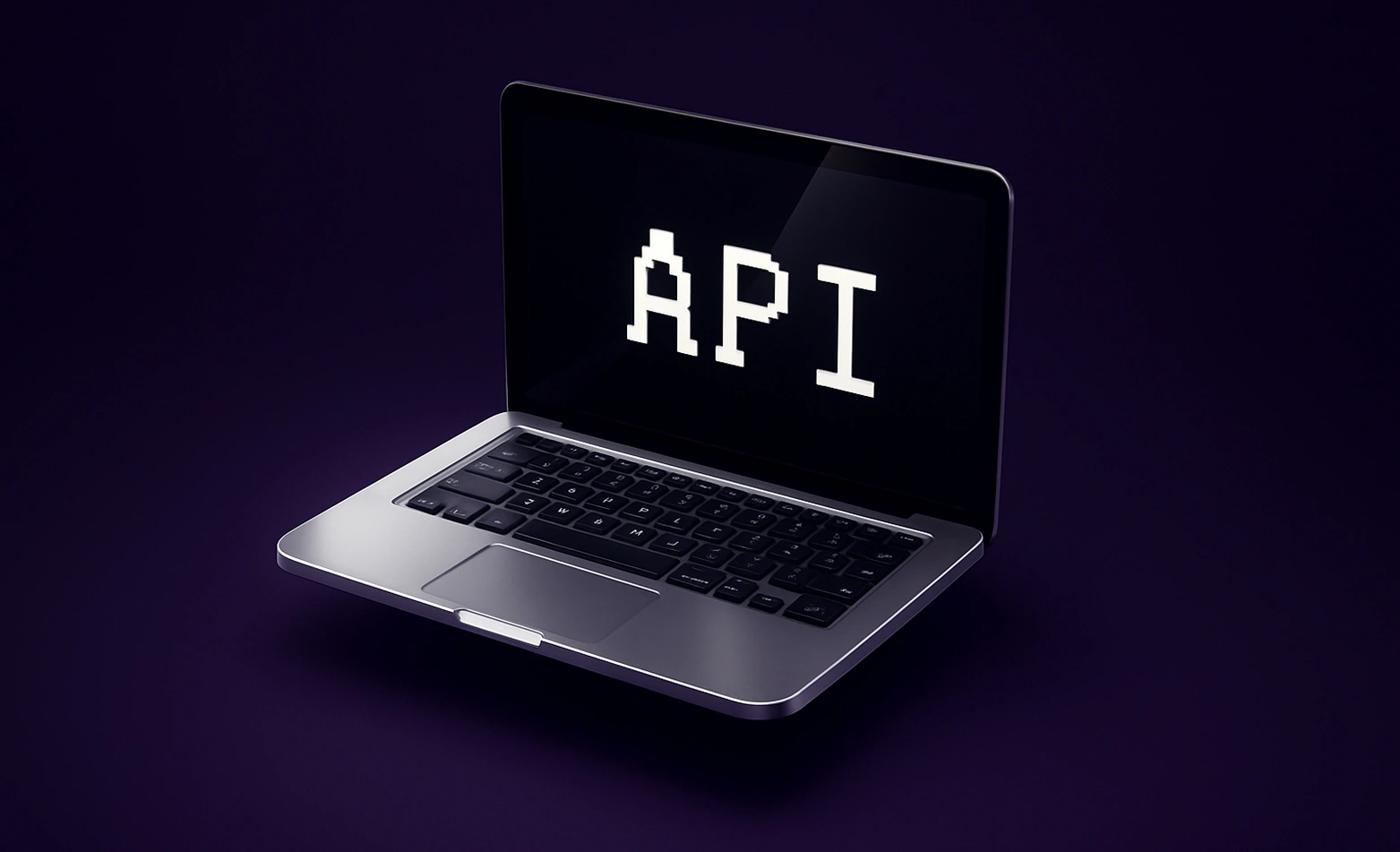You know that sinking feeling when changing an endpoint breaks 5 clients and 12 features? Welcome to unversioned APIs.
For many SaaS founders and CTOs, versioning an API feels like deciding between chaos now and chaos later. But with the right strategy, you can build APIs that evolve without angering your frontend team—or your users.
Let’s unpack what good API versioning looks like in 2025. Spoiler: it's more about empathy and governance than YAML acrobatics.
Why Versioning Matters (And Why Most SaaS Start Too Late)
Every growing SaaS hits a moment where a small API change breaks:
- The iOS app
- That one enterprise client from 2018
- A third-party integration you forgot existed
The cost? Downtime, support tickets, and maybe even churn.
Versioning lets you ship improvements without breaking contracts. Think of it as your safety net when product velocity meets real-world usage.
What Are Your API Versioning Options?
There are several ways to approach versioning, and each has trade-offs.
1. URI Versioning (aka /v1/, /v2/)
Example: GET /v1/users
✅ Clear and explicit
✅ Easy to cache and debug
❌ Can clutter routes over time
This is the most common approach—and for good reason. Especially helpful in RESTful APIs.
Want a clean API structure from day one? Our SaaS Web Development team bakes versioning into your stack from the start.
2. Header Versioning
Example: Accept: application/vnd.company+json; version=2
✅ Keeps URLs clean
✅ Good for content negotiation
❌ Less visible to clients (harder to debug)
Better for internal APIs or where clients can handle complexity. For public APIs, it adds friction.
3. Query Parameter Versioning
Example: GET /users?version=3
✅ Flexible to implement
❌ Violates REST principles
❌ Not cache-friendly
Not recommended for public APIs. It's a tempting shortcut that creates long-term headaches.
4. GraphQL Versioning (The Trick Question)
GraphQL doesn’t version the same way. You evolve the schema gradually:
- Deprecate old fields
- Add new types
- Avoid breaking changes
Versionless by design, but still requires discipline. A rogue resolver can still ruin your day.
Best Practices for Clean API Versioning
Always Version From Day One
Even if you only have one client. Retroactive versioning = expensive therapy.
Deprecate, Don't Delete
Mark older versions as deprecated. Give clients a migration timeline. Don’t just rip the wires out.
Automate Contract Testing
Use schema validation tools (like Swagger or Postman) to ensure compatibility between versions.
Separate Breaking from Non-Breaking Changes
Minor additions? Leave the version. Breaking changes? New version. Easy rule, few regrets.
Communicate Like a Product Manager
API changes affect humans, not just systems. Document everything. Announce changes. Provide timelines.
Common Pitfalls (and How to Avoid Them)
- No changelog → Devs are guessing what changed
- Too many versions → Nobody knows what’s supported
- Too few versions → Everyone’s stuck on the same broken one
- Inconsistent versioning logic → Some endpoints have it, some don’t
Don’t fall into these traps. Our QA Testing Services can help ensure you’re shipping safely across versions.
Real Talk: Versioning ≠ Slow Delivery
One of the biggest myths: "If we version everything, we’ll never ship."
In reality, versioning enables fast, fearless shipping. You can innovate without fear of breaking production. That’s agility—not bureaucracy.
For proof, see our post on Shipping Fast Without Breaking Stuff.
Banner: Rebuilding Your API Strategy?
Let’s help you set up scalable, maintainable versioning from day one.
Talk to our engineers




